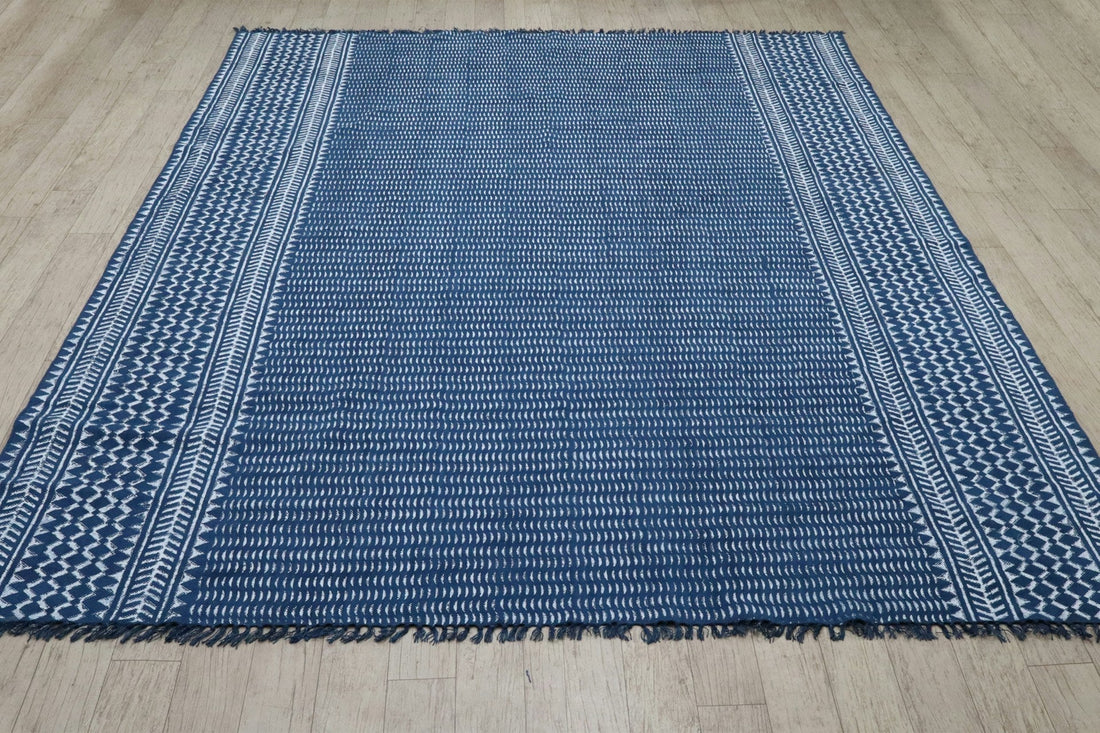Finding the right rug can make a huge difference in how a hallway or narrow space feels. But when the rug doesn't fit correctly, it can feel like something’s just off. That’s where custom size runner rugs come into play. They’re built to match the specific dimensions of your space, which helps everything look more pulled together. Whether you're hoping to make a hallway feel more finished or bring comfort to a long kitchen aisle, taking the time to measure first makes all the difference.
Rug sizing isn't just about filling space. It’s about making the space feel comfortable and intentional. A runner that’s too short or rides up on doors looks out of place. One that's too wide might disrupt how people walk through the area. Getting the size right opens up possibilities to use color, texture, and layout in a way that really benefits the room. And it all starts with knowing how to take clear and accurate measurements.
Understanding Measurement Basics
Before you reach for just any rug, you’ll need to size up the space you're working with. A few simple tools are all it takes to get started: a tape measure, a pencil, and a piece of paper or your phone’s notes app. If you have access to painter’s tape, that’s a helpful extra for visualizing your rug’s placement.
A key part of measuring well is thinking through how the space is used. In areas with high foot traffic, like hallways or galley kitchens, you need to leave a little breathing room on all sides of the rug so it doesn't wall off the walkway. On the other hand, slipping a runner under furniture like a narrow bench or table might require adjustments to length or width. Here’s what to keep in mind as you start:
- Leave about 3 to 6 inches of visible flooring on either side of the runner for balance
- Keep doors and cabinets in mind, making sure the rug doesn’t obstruct them
- Think about furniture legs. Runners should either go fully under or stop short of them
- Visualize how people walk through the area so the rug adds flow, not tripping hazards
It may seem like a lot, but measuring correctly makes shopping for a rug way easier later on. You’ll know exactly what will work in your space without having to guess or settle. Accurate preparation takes just a few minutes and can save you from hassle down the road.
Step-By-Step Guide To Measure Your Space
Once you have the tools in hand and a general idea of how your space is laid out, it’s time to measure. Stick with these steps to make it smooth and simple:
1. Clear the area. Make sure you can access the full floor space without things getting in the way.
2. Use your tape measure to mark the length of the space. If you’re working in a hallway, measure edge to edge, but stop short of doorways or nearby furniture if you don’t want the rug to cover them.
3. Measure the width next. Most runners are between 24 to 36 inches wide, but your exact number might need to flex based on the room.
4. Jot those numbers down. Write them clearly and double-check your math. Make sure you're measuring in the same unit throughout.
5. Optional: Place painter’s tape in the shape of the rug measurements right on the floor. This shows you exactly how it would look and helps with spacing before committing to a custom cut.
During this step, don’t forget about transitions and entryways. For example, if you're placing a runner just inside the front door, allow space for the door's full swing and check that a thicker rug won’t get caught or bunch up. It also helps to measure at least twice, especially if you're placing an order for something made specifically to fit the space. A small error can make a big difference when it’s custom.
Common Mistakes To Avoid
Even with good tools and clear steps, measuring mistakes still happen. It’s easy to overlook little things that can throw off your plans. One of the biggest issues is forgetting to account for curves, trim, or uneven areas along walls and furniture placement. These can change the way a runner fits and leave parts of the rug bunched up or out of alignment.
Here are a few things to watch for:
- Guessing instead of measuring. Eyeballing dimensions often leads to rugs that are too small or too big for the space
- Measuring to the wall instead of setting a balance. Always factor in the space you want around the rug’s edges
- Ignoring how doors open. Rugs that catch under doors can be a constant annoyance and lead to wear
- Skipping a second measurement. Always measure twice before ordering a custom rug. Once isn’t enough
- Overlooking floor transitions. If your rug crosses from tile to wood, or hardwood to carpet, the surface may feel uneven and could cause movement or wear
Taking the time to double-check your numbers and look at every side of the area helps avoid these issues. If your runner needs to pass under furniture like a bench or console table, include space for legs or structure. And always test the path a door takes to see if the rug height will cause it to drag. All of this becomes even more important when dealing with custom-size pieces since returns or alterations may not be as simple.
Practical Tips For Choosing Custom Size Runner Rugs
Once you have your measurements ready, the next step is figuring out what kind of rug will work best in that space. Choosing the right style, shape, and material depends on how the room is used and what look you’re going for. In high-traffic hallways, something low-pile and easy to clean might be better. In quieter spots like a second-floor landing, you might go softer and more decorative.
Here are a few helpful things to keep in mind when choosing custom runner rugs:
- Material: Wool is soft and durable. Synthetic blends can handle moisture and foot traffic. Choose cotton or natural fibers for a relaxed look, but know they may wear faster in busy spots
- Design: If your space already has strong patterns like printed walls or bold furniture, a simple rug can help balance things. On the flip side, neutral spaces can handle a bold runner without feeling overwhelming
- Color: Runners can either contrast or coordinate. A bold stripe or deep color can define a hallway, while lighter shades make a narrow area feel wider. Keep color fade and dirt-showing in mind, especially during fall in a place like Frisco when leaves and dust find their way indoors
- Backing: Keep runners from sliding by choosing one with a slip-resistant backing or add a pad underneath. This helps prevent accidents on slick or hard flooring
- Function: Don’t forget what happens above and below the rug. If there’s a door that opens over the runner, the pile can’t be too thick. If pets are common in the house, pick a rug that’s easy to clean and tough enough for claws
Say you're working with a hallway off the garage that sees foot traffic year-round. That’s an area where stain resistance matters more than luxury material. Going custom doesn’t mean you forget function. It means you get both a good fit and the right features for how the space is used.
Measure Right, Choose Smart
When you're investing in a runner tailored for your space, precision matters. Starting with clear measurements saves time and disappointment down the road. It helps you narrow down choices faster and gives you more confidence about how the final rug will look and feel once it's rolled out.
Settling for an almost-right rug can make a space feel like it's missing something. But when every inch fits just the way it should, that space becomes more comfortable, more useful, and more complete. Whether you're sprucing up a main hall or finishing off a back entry in Frisco, custom size runner rugs make room for both style and comfort. A little care in the planning stage sets you up for something that lasts.
If you're ready to elevate your space with the perfect fit, explore our selection of custom size runner rugs. At RugTown, we provide tailored options to suit any room, ensuring both style and functionality come together seamlessly.

